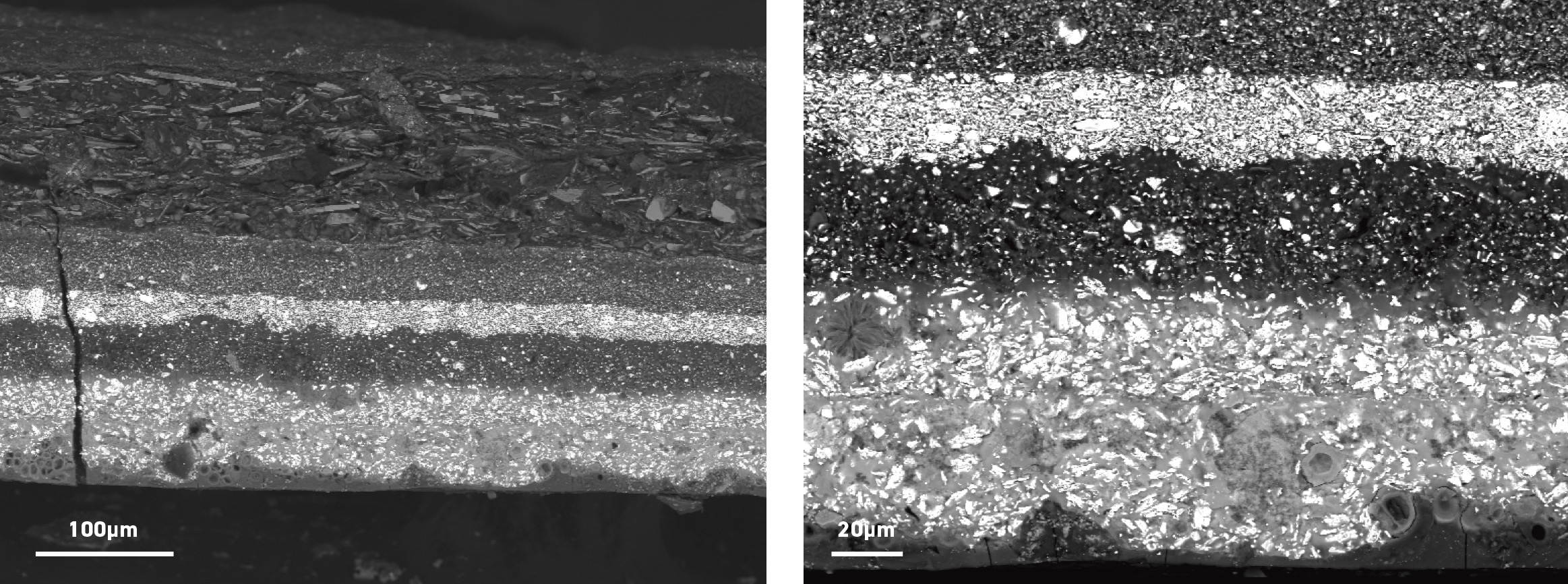The Sydney Harbour Bridge was opened in 1932 and not surprisingly, is a heritage-listed structure. A mammoth effort is required to look after the Bridge to keep it looking its iconic best. Cleaning the paint and stone, and replacement of aging and damaged paint is a major part of this.
Dirt, rust and the existing lead-based paint are currently removed by sand blasting. New lead-free paint is then applied. However, the Bridge arches hide 7.2 km of tightly confined tunnels where sand blasting is essentially impossible. Restricted operating space and the removal of the waste material are serious challenges. Laser cleaning, which generates largely airborne filterable waste is an alternative approach to resolving this problem.
A collaborative ARC Linkage Project has recently got underway at the Australian National University (ANU) on laser cleaning processes for the Sydney Harbour Bridge. It aims to refine new laser-based approaches to large scale paint stripping and processing of corroded metal and dirt-encrusted stone surfaces. Older laser methods generate extreme heat on the surfaces being cleaned, which can melt the surface of steel. In contrast, the new techniques use ultrashort laser pulses in the femtosecond (a million times shorter than a nanosecond) range. This is so fast, that the paint instantly evaporates, leaving the underlying metal structure intact and cold. Paint can therefore be removed without heating or altering the underlying structure.

SEM images of cross sections of paint flakes from the Sydney Harbour Bridge showing past layers of paint.
The researchers, Prof. Andrei Rode and A/Prof. Stephen Madden, used scanning electron microscopy (SEM) at the ANU facility of Microscopy Australia, to study the effect of the laser treatment on the underlying steel and modify their process accordingly.
Their method accomplished cleaning without heat-damage and with reduced energy consumption whilst being economically and time competitive with established industrial-scale cleaning technologies such as sand blasting. The realisation of the new process drew extensively on world-leading fundamental physics explorations of ultrafast laser ablation carried out at the ANU over the last 15 years.
The project is a collaborative venture with ANSTO, the University of Sydney, the University of Canberra and Transport for New South Wales (Project LP180100276).
November 26, 2019